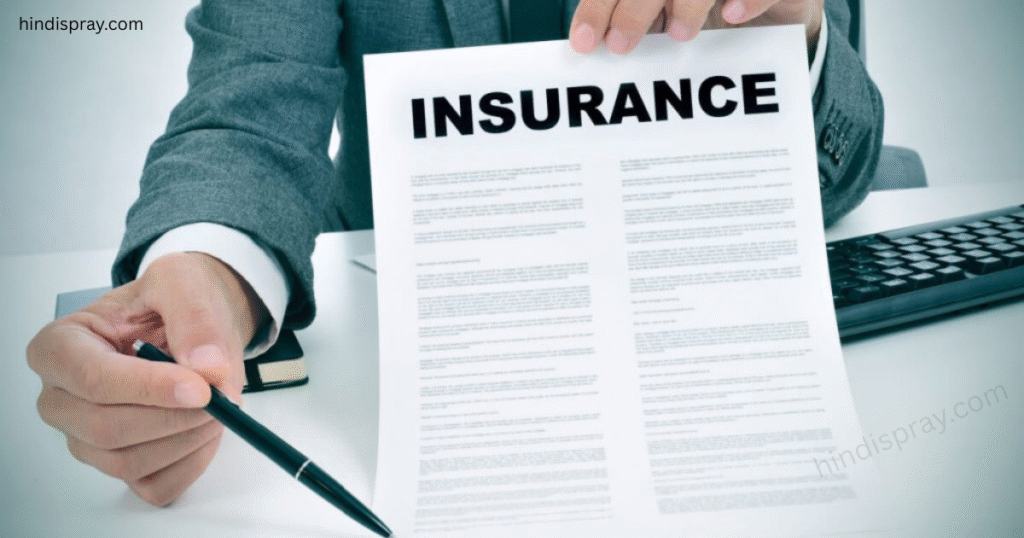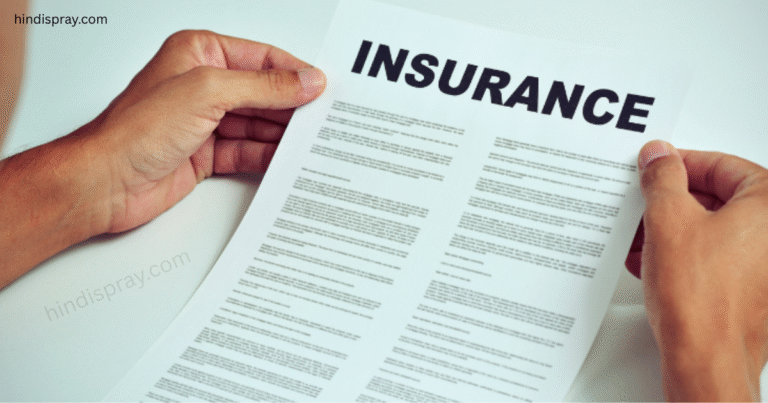Understanding insurance documents can often feel like deciphering a complex code. Whether you’re buying health insurance, auto insurance, life insurance, or any other type, the paperwork involved can be confusing and intimidating. However, knowing what these documents mean and what to look out for is crucial to making informed decisions and ensuring you are adequately protected.
This article will break down the most common types of insurance documents, explain key terms, and provide practical tips on how to review and manage your insurance paperwork effectively.
What Are Insurance Documents?
Insurance documents are the official papers that outline the terms, conditions, coverage, and obligations of an insurance policy. These documents serve as a legal contract between you (the policyholder) and the insurance company. They detail what the insurer will cover, how much it will pay, and under what circumstances.
Key Insurance Documents You Should Know
- Policy Document (Policy Contract)
- Declarations Page
- Certificate of Insurance
- Insurance Endorsements
- Riders or Amendments
- Claims Forms
- Premium Notices
- Renewal Notices
Each of these serves a specific purpose and understanding them helps you know exactly what protection you have and what your responsibilities are.
The Insurance Policy Document: The Foundation of Your Coverage

The insurance policy document is the core of your insurance coverage. It’s a legally binding contract that details everything about your insurance agreement.
What’s Included in a Policy Document?
- Insuring Agreement: The promises made by the insurer regarding what risks are covered.
- Definitions: Important terms used in the policy, explained clearly.
- Coverage Details: What exactly is covered, including limits and exclusions.
- Exclusions: What is not covered by the policy.
- Conditions: The duties and responsibilities of both the insurer and the insured.
- Endorsements and Riders: Modifications or additions to the standard policy.
- Claims Procedures: How to file a claim if you need to.
Why It Matters
The policy document is your go-to guide when you need to understand the specifics of your insurance. Knowing how to read this document can help you avoid surprises during claim time.
The Declarations Page: Your Quick Reference Guide
The declarations page (or “dec page”) is typically the first page of your insurance policy. It provides a snapshot of your coverage and important details.
What Information Is on the Declarations Page?
- Policyholder’s name and address
- Policy number
- Policy period (start and end dates)
- Coverage types and limits
- Deductibles
- Premium amount
- Insured property or individuals
How to Use It
Keep your declarations page handy. It’s often the first thing your insurer or agent will ask for when you make a claim or inquiry.
Certificate of Insurance: Proof of Coverage
A Certificate of Insurance (COI) is a document that proves you have insurance coverage. It’s often requested by third parties like landlords, lenders, or clients to verify that you carry adequate insurance.
What Does a COI Include?
- The insured’s name and contact info
- The insurer’s details
- Policy type and number
- Coverage limits
- Effective dates of coverage
- Additional insured parties (if any)
When Do You Need a COI?
If you rent a property, have a loan, or work as a contractor, you might be asked to provide a COI to show proof of insurance.
Insurance Endorsements and Riders: Customizing Your Coverage
Endorsements and riders are additions or changes to your original insurance policy. They can expand, restrict, or clarify coverage.
Differences Between Endorsements and Riders
- Endorsements: Usually attached to the policy after it’s issued to make specific changes.
- Riders: Often added at the time the policy is purchased to tailor coverage.
Examples of Common Endorsements/Riders
- Adding coverage for expensive jewelry or electronics
- Including coverage for a new vehicle
- Excluding specific risks (like floods or earthquakes)
- Adding accidental death benefits on life insurance
Why They’re Important
Endorsements and riders allow you to customize your insurance to fit your unique needs, but they can also change your premium or coverage limits. Always review them carefully.
Claims Forms: Starting the Process for Reimbursement
When you suffer a loss covered by your insurance, you need to file a claim. Claims forms are the paperwork you submit to start the process.
What Information Is Needed in Claims Forms?
- Policy number
- Description of the loss or event
- Date and time of the incident
- Supporting documents (photos, police reports, receipts)
- Contact information
Tips for Filing a Successful Claim
- Report the claim promptly.
- Provide accurate and detailed information.
- Keep copies of all correspondence.
- Follow up regularly with your insurance adjuster.
Premium Notices and Renewal Notices: Staying Up to Date

Insurance is an ongoing contract that needs to be renewed and paid for regularly. Understanding your premium notices and renewal documents helps avoid lapses in coverage.
What’s a Premium Notice?
This document informs you about the amount due for your insurance and the payment deadline. It might also show any changes in your premium.
Renewal Notices
Renewal notices tell you when your current policy period ends and offer the option to renew coverage. This is the time to review your policy and make any adjustments.
How to Review Insurance Documents Effectively
Step 1: Read Thoroughly
Don’t skim. Insurance language can be complex, but understanding the terms can save you trouble later.
Step 2: Highlight Key Sections
Focus on coverage limits, exclusions, deductibles, and claims procedures.
Step 3: Ask Questions
Contact your insurance agent or company for clarifications.
Step 4: Keep Your Documents Organized
Store all insurance documents in a secure, easily accessible place.
Step 5: Update Your Documents Regularly
Life changes—new home, car, or family members—mean your insurance needs to evolve, too.
Common Insurance Terms to Know
- Deductible: The amount you pay out of pocket before insurance covers the rest.
- Premium: The cost of your insurance policy.
- Coverage Limit: The maximum amount an insurer will pay for a covered loss.
- Exclusion: Situations or events not covered by the policy.
- Claim: A request for payment based on loss or damage covered by the policy.
- Beneficiary: The person who receives benefits from a life insurance policy.
Also Read: What Is A PPO? A Beginner’s Guide To Preferred Provider Organization
Conclusion
Insurance documents are essential tools that define the scope and limits of your protection. While the jargon and legalese can be intimidating, taking the time to understand what each document means empowers you to make smarter choices, avoid costly misunderstandings, and ensure you receive the benefits you deserve when you need them most.
By familiarizing yourself with your policy documents, declarations page, endorsements, and claims process, you gain clarity and confidence in your insurance coverage. Remember to review your documents regularly and keep communication open with your insurer for the best experience.
FAQs
1. Why is it important to read my insurance policy document?
Your policy document outlines your coverage and responsibilities. Reading it helps you understand what is and isn’t covered, so you’re not caught off guard during a claim.
2. What should I do if I don’t understand something in my insurance papers?
Contact your insurance agent or company. They can explain terms, conditions, and any confusing language.
3. Can I make changes to my insurance policy after purchasing it?
Yes, through endorsements or riders. You can add, remove, or modify coverage depending on your needs.
4. How long should I keep my insurance documents?
Keep them for as long as the policy is active, and some documents (like proof of claims) for several years after in case of disputes.
5. What happens if I miss a premium payment?
Your coverage might lapse, leaving you uninsured. Contact your insurer immediately if you can’t make a payment on time.

